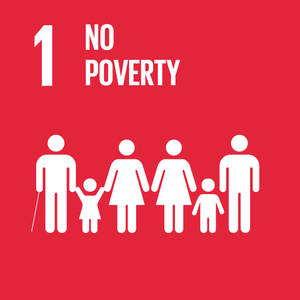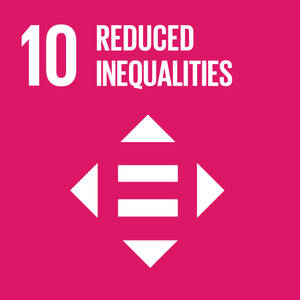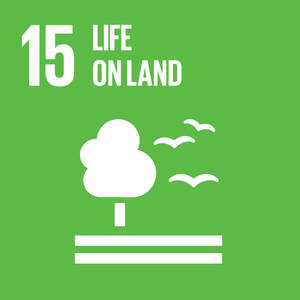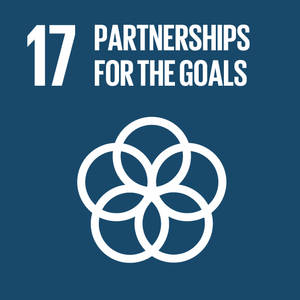Who are the forest-dependent people and forest-dependent communities?
The term ‘forest-dependent people’ (FDP) is widely used to describe human populations that gain some form of benefits from forests (Newton et al., 2016). Often, the definition FDP is used interchangeably with ‘forest-dependent communities ‘(FDC), and refers to the spatial relationship between forests and the type of benefits they derive from them, based on the two typologies:
- People who live in forests and for whom forests are the main land use and source of livelihood, for example, herders in tropical dry forests, hunters and gatherers, farmers engaged in rotational fallowing in forests, and Indigenous People who have lived in forests for generations.
- People who live near forests and use them for key inputs, such as medicine, timber and fuelwood for sale, or rely on forests for their livestock and food. People who fall into this category typically rely on agriculture as their main livelihood (e.g. rural farmers), which may include both landholders and landless households.
What is social protection?
What is social protection?
Social protection is the set of policies and programmes that addresses economic, environmental and social vulnerabilities to food insecurity and poverty by protecting and promoting livelihoods (FAO, 2017). It is a fundamental human right, enshrined in several international and national instruments. As such, social protection should be universal: everyone should have access to an adequate level of coverage. It relies on three types of mechanisms:
- Social insurance: contributory interventions protecting individuals against life-cycle contingencies, such as old age, disability, sickness, maternity and unemployment;
- Social assistance: non-contributory (usually tax-financed) benefits offering cash and in-kind transfers in order to maintain a minimum level of income and consumption;
- Labour market protection: protective measures for the working-age population, which aim to enhance employment opportunities, improve the skills of workers, and offer livelihood support.
Social protection schemers generally can have different functions: protective, by providing means to access cash, and other in-kind benefits to mitigate the impact of shocks; preventive, by averting deeper deprivation; promotive by supporting investments in human resources (nutrition, health, education and skills development), and transformative, by reorienting people’s focus beyond day-to-day survival towards investments for the future.
Why the need for social protection in the forestry sector?
Why the need for social protection in the forestry sector?
Approximately one-third of the world’s population depend on forests for their livelihoods. FDP are generally exposed to high levels of poverty and vulnerable to a number of shocks (social, economic, environmental, gender-related and political) and inequalities, and are prone to marginalization and violations of labour and other human rights. FAO has estimated that 252 million people living in forests and savannahs have incomes of less than USD 1.25 per day (FAO, 2020). Nevertheless, informal employment accounts for a substantial percentage of forestry employment, particularly in developing countries and among women (Lippe et al., 2022). This leads these populations to have limited social protection coverage.
FDP often operate within poorly functioning markets, poor infrastructure and limited access to economic and productive resources such as agricultural land and farm inputs, especially for women. Many FDP and FDC face various decent work deficits and have scarce access to education, formal jobs, health care, infrastructure and financial services. They have limited voice and political representation as well as being socially marginalized.
As explained further in section 3, social protection has a positive impact on poverty reduction, on increasing food security and nutritional outcomes, and on environmental objectives. It also minimizes FDP’ and FDC’ vulnerabilities and shocks (e.g. lifecycle and covariate shocks such as climate change), for example, by improving their income security and access to infrastructures, financial services, and health care, thereby enhancing their economic inclusion and increasing their capacity to generate income.
Social protection, if gender-responsive, also enhances gender equality and women's empowerment by addressing specific shocks and enhancing women’s access to income-generating activities and formal employment, among other impacts. Lastly, social protection is a key facilitator of the transition to formality for informal workers in the rural economy, including FDP and FDC thus promoting decent work and environmental sustainability (Recommendations no. 202 and no. 204).








